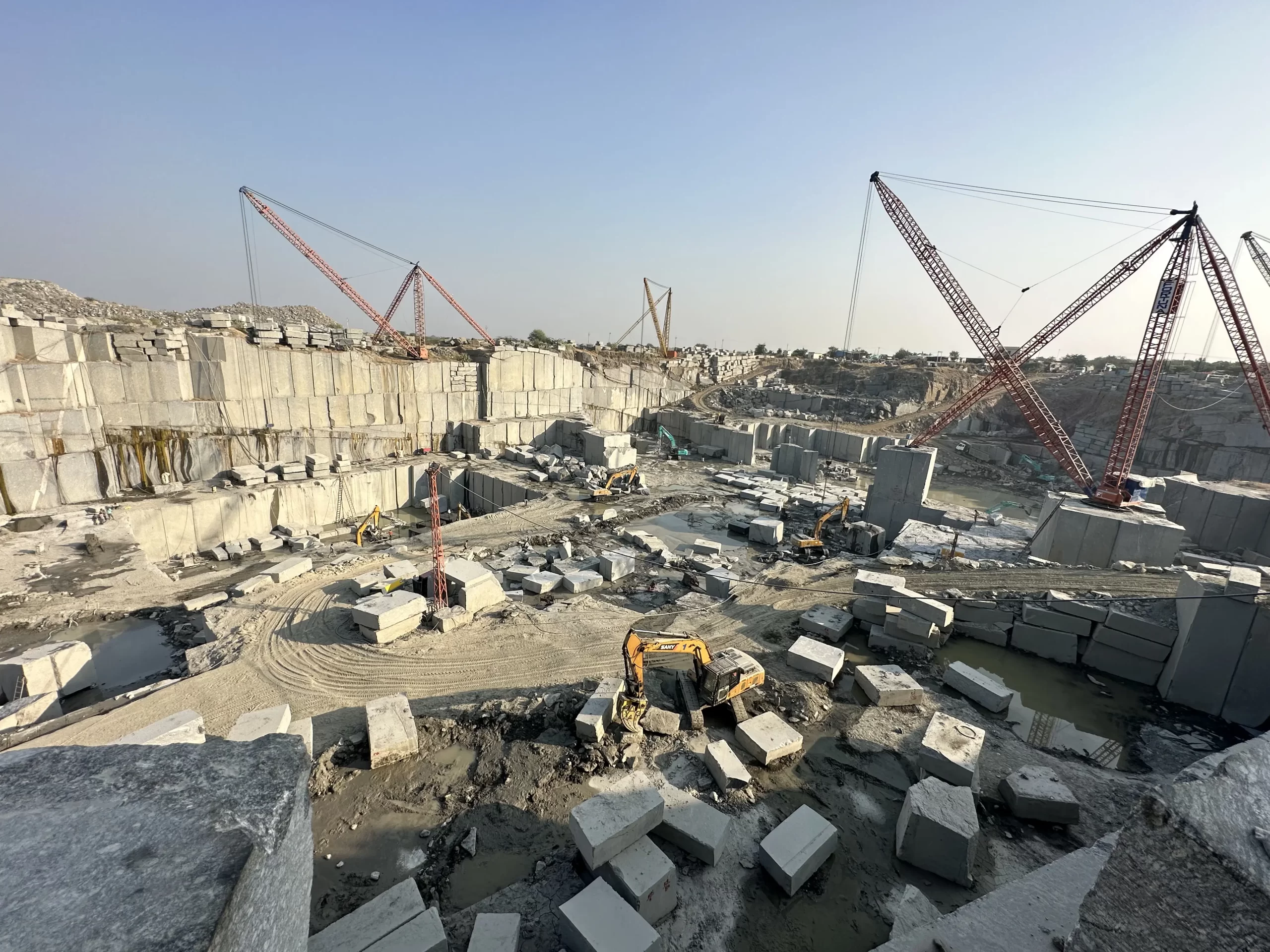Granite Quarries in South Africa Marvels: Discovering the Quarry Landscape
Granite Quarries in South Africa Marvels: Discovering the Quarry Landscape
Blog Article
Discovering the Rich History and Lasting Practices of Granite Quarrying
As we base on the precipice of revealing the complex tapestry of granite quarrying, a journey with time discloses not just the physical act of removing stone however additionally the cultural and historic significance woven into the really fabric of this method. From the old origins that laid the foundation for contemporary quarrying strategies to the sustainable methods that are forming the future of this market, each chisel mark on granite surfaces narrates waiting to be uncovered (granite quarries in south africa). The heritage of granite quarrying extends far beyond plain extraction; it is a testament to human resourcefulness, resilience, and the long-lasting attraction of this marvelous stone
Ancient Origins of Granite Quarrying
Going back to old civilizations, the practice of quarrying granite has been an indispensable part of human history and architectural development. The earliest evidence of granite quarrying days back to old Egypt, where substantial pyramids and intricate sculptures were crafted from this resilient stone. The Egyptians used primitive tools to draw out granite blocks from quarries, showcasing the value of this product in their huge building and constructions.
Relocating onward in background, the Greeks additionally made substantial payments to the quarrying of granite. The Greeks made use of granite in different architectural marvels, such as temples and statues, demonstrating their ability in shaping and sculpting this durable rock. The Romans additionally fine-tuned the methods of quarrying granite, employing innovative devices like blades and hammers to essence and shape granite for their renowned structures.
Through the centuries, the technique of quarrying granite has actually advanced, with contemporary technologies enhancing efficiency while maintaining the classic charm of this natural stone - granite quarries in south africa. From old human beings to modern home builders, the tradition of granite quarrying remains to form our globe
Development of Quarrying Techniques
The evolution of quarrying methods has actually been marked by a continual progression in the direction of better effectiveness and accuracy in extracting granite. Early quarrying strategies involved hands-on labor with basic tools such as knives, hammers, and wedges to extract granite blocks from the planet.
In even more recent times, the development of machinery changed the quarrying industry, allowing much faster extraction prices and raised productivity. Technologies such as ruby cord saws, high-pressure water jets, and pneumatic drills have come to be standard in contemporary quarries, permitting for precise cutting and decreased waste. In addition, advancements in computer-controlled devices and 3D modeling have actually maximized quarrying procedures, leading to very little ecological influence and boosted sustainability practices. As the demand for granite continues to climb, the development of quarrying strategies remains indispensable to conference industry needs successfully and sustainably.
Cultural Importance of Granite
Granite holds a profound cultural value throughout different people because of its enduring presence in building masterpieces and admired monuments. From the majestic pyramids of Egypt to the intricate makings of the Angkor Wat holy place in Cambodia, granite has been a material of selection for revealing splendour and longevity in social heritage. In old Rome, granite columns decorated temples and public structures, representing directory strength and durability. The cultural significance of granite expands beyond its physical attributes; it personifies durability, stability, and eternity, making it a sign of sustaining traditions and traditions.

Sustainable Practices in Quarrying
Among the abundant history of granite quarrying and its social relevance lies an expanding focus on sustainable techniques within the market. As environmental recognition and worries about source exhaustion have heightened around the world, the quarrying industry has significantly embraced lasting techniques to minimize its effect on the atmosphere and surrounding neighborhoods.

Moreover, improvement and rehab of quarry sites post-extraction are essential to sustainable practices. By restoring quarried areas More Help to an all-natural or beneficial state, such as developing wild animals environments or leisure areas, quarriers can offset the environmental impact of their operations and add favorably to the regional environment.
Tradition of Granite Quarrying
With a historical background soaked in craftsmanship and industrial read this article progress, what sustaining effect has granite quarrying left on the landscape of contemporary society? The heritage of granite quarrying goes beyond mere extraction techniques; it has actually shaped building marvels, urban landscapes, and social heritage worldwide. The long lasting nature of granite has made it a preferred selection for monuments, buildings, and framework, standing as a testament to the ability and creativity of quarry workers throughout generations.
Additionally, the economic impact of granite quarrying can not be neglected. The sector remains to offer employment chances and drive local economic situations in areas where granite extraction is widespread. It has also stimulated technical advancements in quarrying techniques and devices, leading to more efficient and sustainable techniques.
In regards to sustainability, the tradition of granite quarrying includes initiatives to minimize environmental influences through improvement tasks and responsible resource administration. By stabilizing economic interests with environmental stewardship, the sector makes every effort to guarantee that future generations can proceed to take advantage of this long-lasting natural deposit.
Final Thought

Report this page